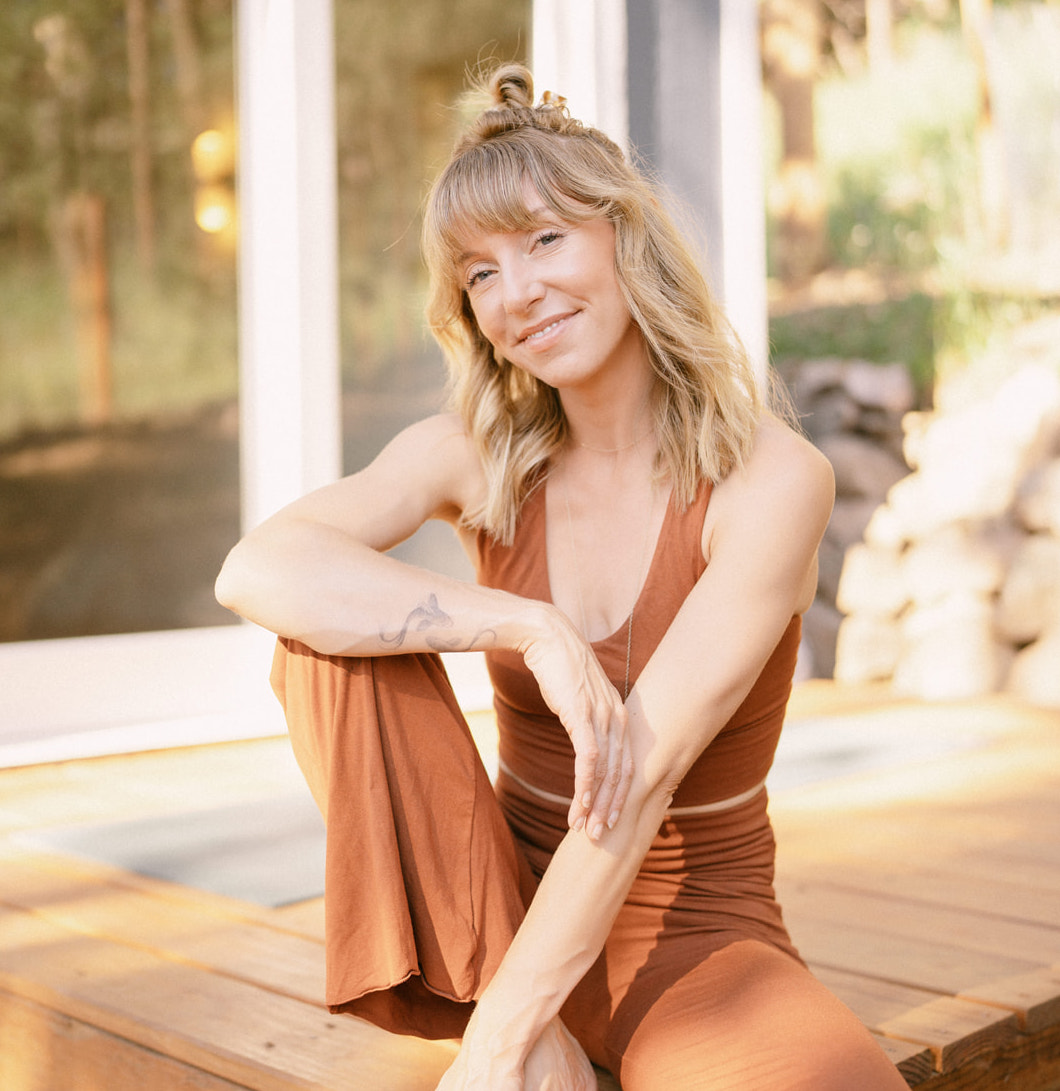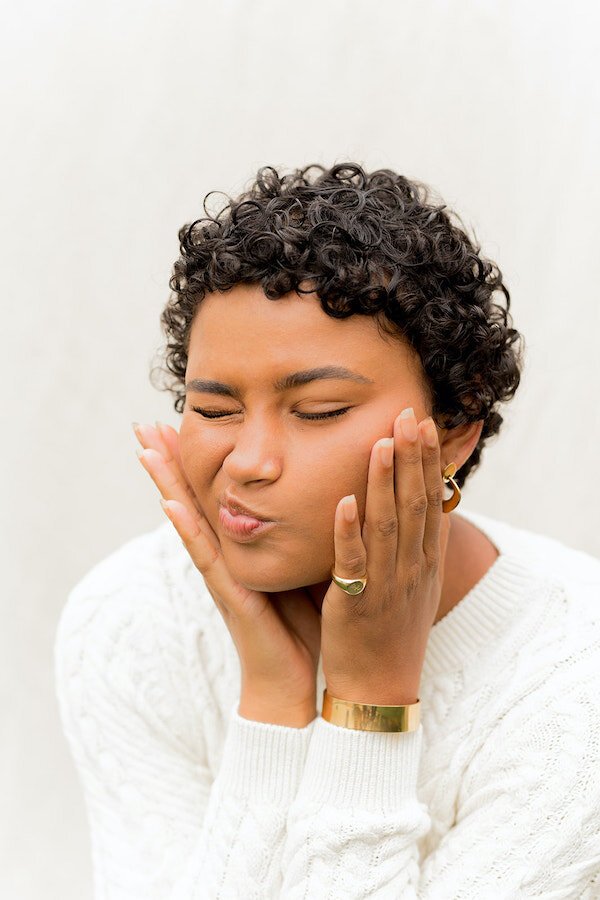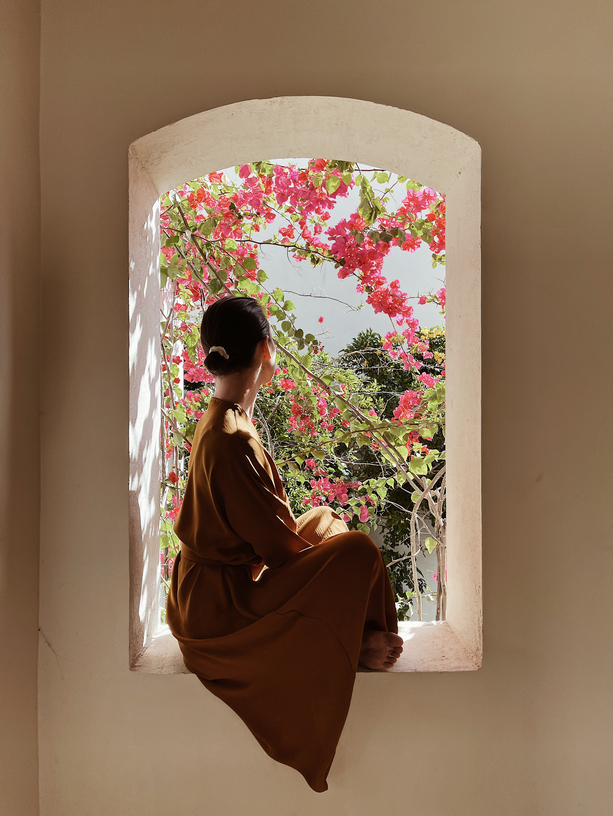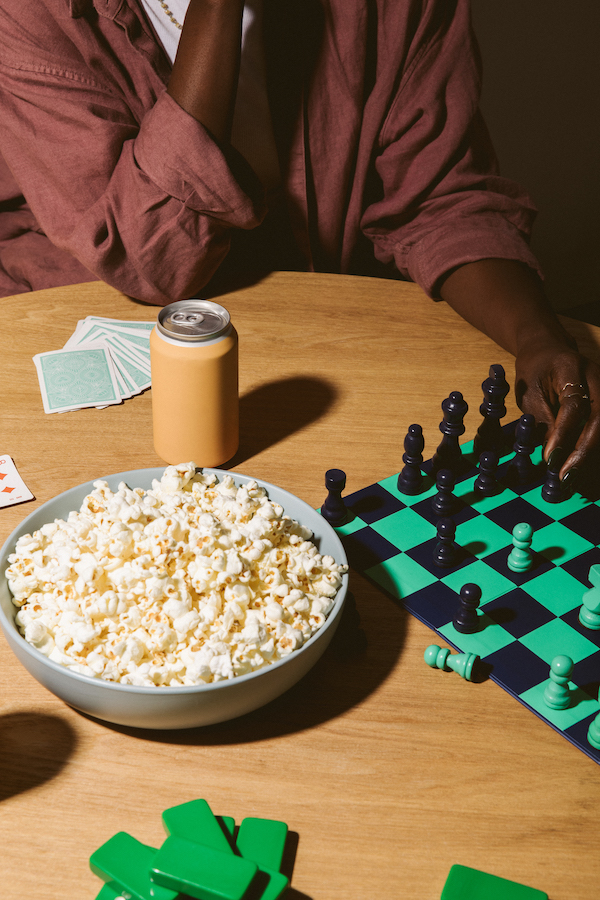
How To Recognize Real Friends
When I was younger, I wanted every friend to be my new best friend, and I’d often put pressure on the relationship, which just created tension. I’ve always held onto my friends like precious jewels, carrying each in my heart with deep love and care. I don’t take relationships lightly. But whenever a friendship has shifted or ended, I’ve struggled to cope with the change. I find myself asking questions like, “What could I have done differently? What could they have done differently?” Or even, “Was that friendship actually real?
“Stay close to the people who feel like sunlight”
– Xan Oku
Now that I’m in my 30s, I’ve come to accept the inevitability that friendships evolve. I’ve also learned the early signs in relationships that tell me whether it will last or be a temporary connection. The key, I’ve discovered, is to be flexible and allow friendships to be exactly what they’re meant to be.
The below guidelines have been helpful anchor points in my journey of discovering who my real, life-long friends are. They’ve helped to create standards for building lasting friendships. Likewise, the below tips have helped navigate the ending of relationships with acceptance. Not all friendships are meant to last forever—and that’s okay.
Find friends who really see you
When we surround ourselves with people who bring out the best in us, they’re more likely to see us for who we truly are. This, of course, helps build deeper relationships and allows us to feel more secure.
Notice when you find yourself trying to be someone you’re not or overthinking what to say or do in a relationship. For a friendship to last through the many seasons of life, you have to feel seen and loved for who you truly are. Look for friends who are excited about your dreams and goals, who tell you what they love about you, or who simply laugh alongside you. These small acts can provide a foundation for feeling appreciated and known.
Prioritize quality time
Life is busy, and it can be challenging to spend quality time with our friends. Yet, it’s an important building block for deepening any relationship. Not all relationships need an excessive amount of quality time; however, it should be a shared value for a friendship to thrive and grow. If only one of you is prioritizing quality time, this may be a sign the friendship is more surface-level.
Look for reliability
For friendships to flourish, it’s important that both parties commit to reliability, upholding plans, and communicating wants and needs. When these important cornerstones are not being fulfilled, it may be a red flag that the friendship isn’t going to thrive.
Take note of a friend who cancels plans often, has a hard time opening up, or lacks consistent communication.
Take note of a friend who cancels plans often, has a hard time opening up, or lacks consistent communication. This may be a sign that, for whatever reason, they are unable to invest in your friendship right now. This can be hard to not take personally. And, of course, it’s necessary to communicate as we all go through seasons of life where other priorities take precedence. Ultimately, it comes down to friendship being a two-way dance, which we’ll talk more about below.
Be gracious to friends during seasons of change
Friendships can change during different seasons. This has been especially true for me since becoming a mother. Though my group of friends has stayed the same in many ways, I’ve seen some of my relationships shift. I’ve noticed communication has become more challenging, as well as spending intentional time with one another. I’m still navigating these changes while trusting that seasonal changes don’t necessarily mean a relationship has to end; rather, it changes.
The reality is that we don’t always move through life’s stages at the same time. Ideally, we grow alongside one another, but sometimes a friendship isn’t meant to serve us in a particular chapter, and that’s okay.
Acknowledge that friendship is a two-way dance
When we feel we’re the ones carrying the friendship, either by always making plans or reaching out, it can feel exhausting. Both people in the relationship must find a balance in fostering the friendship—it cannot be just one person.
A one-sided connection can also feel hurtful. Try not to take it personally, and if it feels right, consider sharing with your friend how you feel. If they’re receptive, it can open the conversation for a caring foundation. Yet, if it goes right back to feeling one-sided, it may be time to let the friendship go.
Remember, too, that during challenging times we (or our friends) will need the other to be a support system, and the dance cannot be two-way. With this in mind, we want to cultivate real friendships where we can feel safe and cared for during these harder seasons.
“During challenging times we (or our friends) will need the other to be a support system.”
Building and maintaining lasting friendships is a life-long journey. And, like with all relationships, it comes with many ups, downs, twists, and turns. What are some of your rules for cultivating lasting friendships? Share in the comments below.
Courtney Jay is a writer at The Good Trade. She is also a yoga instructor, health enthusiast, and sustainable fashion advocate. You can find more of her writing and take one of her online yoga classes on her website, Coincide.




